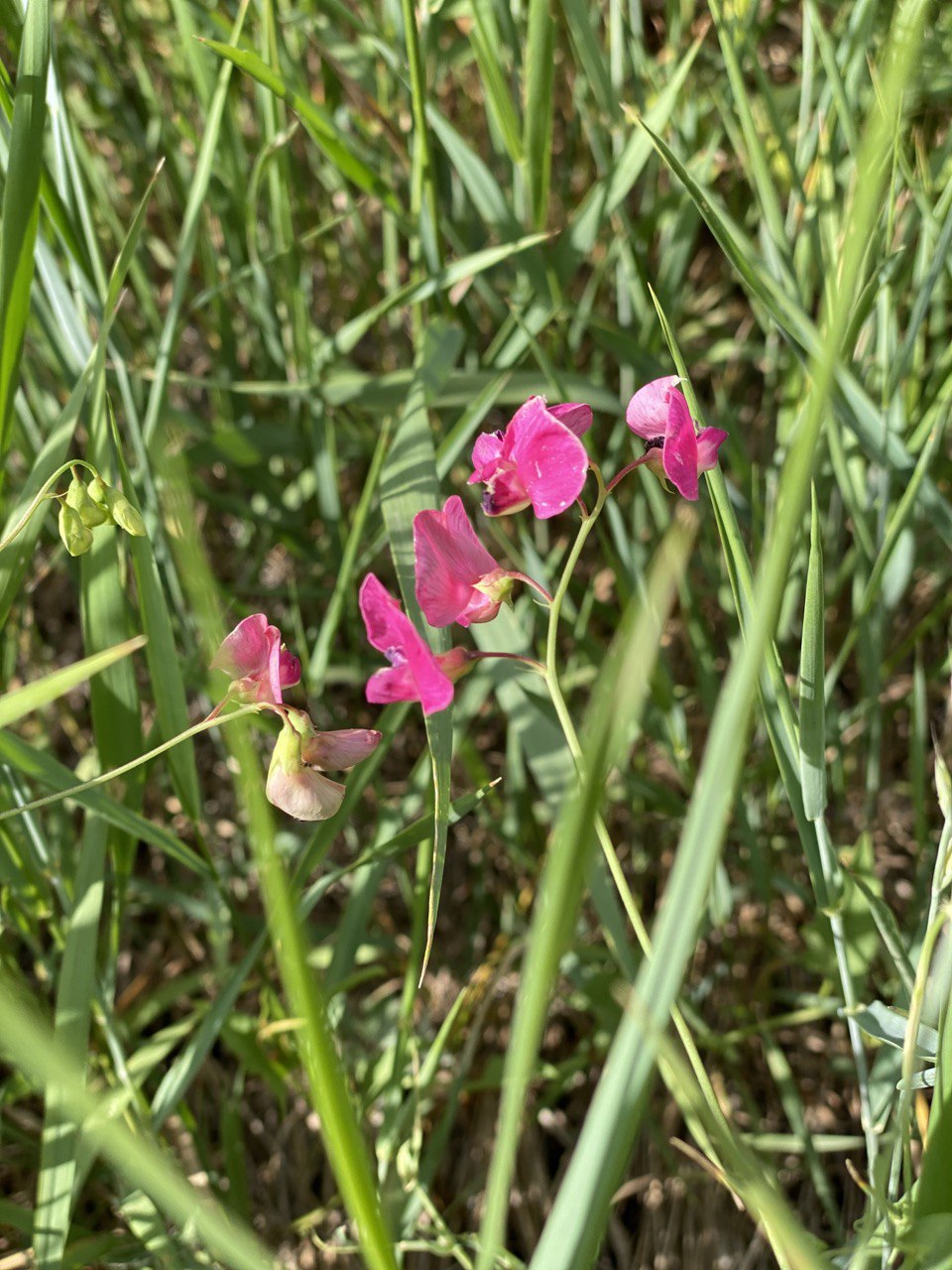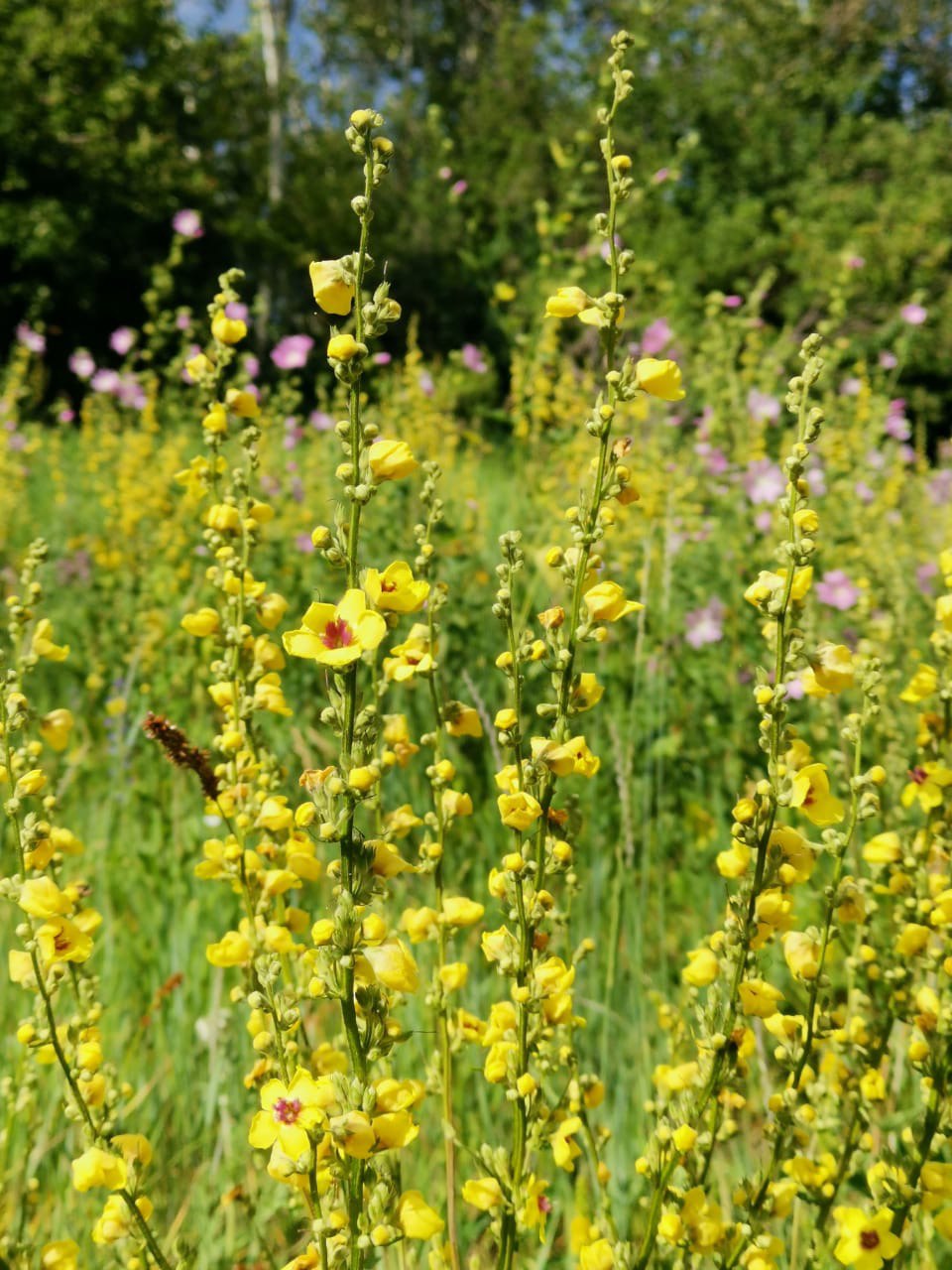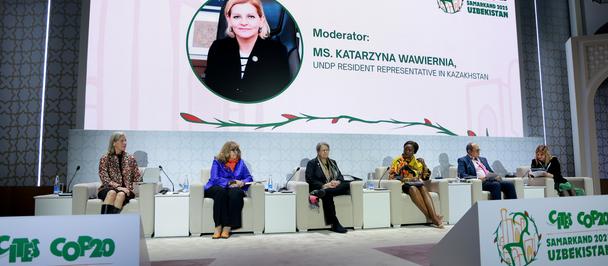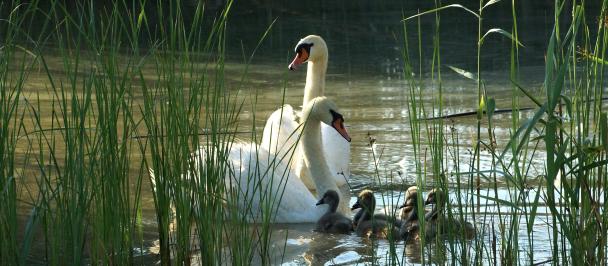The Journey of a woman biologist - game warden
February 12, 2023
"Women dedicated to science are not a rare sight today. Such women are amazing. In our work there is no division of "man" and "woman", both are equal. Modern women can use any means of transport, saddle a horse and drive dozens of kilometres through the mountains, explore the most difficult terrain on foot, pitch a tent, make a fire – clear evidence that they, along with others, are making an important contribution to the development of science in their country,"says Elena Krason, a wildlife biologist and game warden.
The International Day of Women and Girls in Science has been marked annually on 11 February for seven years. Its aim is to draw attention to the problem of gender stereotypes that prevent women from achieving their professional aspirations in the scientific field, although in Kazakhstan, the dynamics of women's representation in science is a positive one. According to the Ministry of Education and Science, 54 percent of women scientists work in research. In October 2021, the list of prohibited professions for women that existed since 1930, almost a century ago, was abolished.
Despite positive changes in society, there are still gender stereotypes and social norms that prevent women from pursuing careers in traditionally "male" professions.

"In rural areas, girls are rarely seen as equals: in my field, there were misunderstandings and excessive paternalism, sometimes even condemnation for choosing a profession. This often made me feel insecure, but luckily there were always people who supported and helped me - my friends, my family. I think that one should remain self-confident in every situation, take criticism from the outside calmly, present your ideas and theories courageously, make every decision responsibly and don’t be afraid of making mistakes. Even a failed experiment is an experiment: learn from your mistakes and move on!"says Elena.
Elena decided to study natural sciences at school. The world of wildlife attracted her so much that she read all the encyclopedias about animals in the school library. Biology was her favourite subject and wildlife TV programmes were always at the top of her list.
"After my school graduation, I attended university. Unfortunately, the course prepared biologists only as future teachers, so I chose wildlife studies. I found it easy to study, and in my free time I took part in university projects. A most interesting one was the project to restoring the sturgeon population in the Irtysh River. We released the sturgeon into the river as part of the project. This was my first full-fledged experience in studying a specific topic," Elena Krason notes.


Now Elena works for “Tarbagatai” national park, one of the national parks established at the initiative of UNDP in Kazakhstan. Worth noting is that UNDP initiated the creation of eight new protected areas with a total area of 1.85 million hectares and the territories of three existing protected areas were expanded. In addition to the nature reserves of “Akzhayyk”, “Altyn-Dala” and “Ile-Balkhash”, the national parks “Buyratau”, “Zhongar Alatau” and “Tarbagatai” were created.
For the first time in Kazakhstan, the Kapshagai-Balkhash and Kyrgyz-Torgai-Zhylanshyk ecological corridors were established over an area of 2.9 million hectares, which today allow the migration routes of rare wildlife species, such as goitred gazelles and saigas, to be protected.
"After I graduated from university, I had difficulty finding a job. Admittedly, it’s difficult to get a job anywhere without experience, and secondly, the field was not in great demand. When I heard about the establishment of protected areas and the national park, I immediately sent my CV. Soon I was invited to come to work," Elena says.
Within the framework of biodiversity initiatives, UNDP is actively working to equip individual protected areas with new equipment for remote monitoring of the number and migration routes of animals. National parks and nature reserves are provided with camera traps, drones and a SMART patrol system.
"I learned how to work with a simple camera trap model with the help of the internet. A week after installing the first camera trap, we admired the first pictures of argali. In 2019, our team participated in a training on working with advanced camera traps as part of a UNDP project. UNDP also provided us with complete camera traps for wildlife monitoring,"said Elena.
With UNDP and the GEF support, in total 294 camera traps were transferred to 13 specially protected natural areas of Kazakhstan, of which 15 were installed in “Tarbagatai” national park territory. With trap cameras the most reliable data on wild animals and the state of ecosystems can be collected. A big plus – they work without an Internet connection and can withstand a variety of weather and climatic conditions.
Elena presented these and other digital solutions for sustainable development and technological devices and systems for monitoring and studying the biodiversity of Kazakhstan at the recent exhibition “Digital solutions for people and the planet”
"Working with the animal world is quite difficult and risky, because you never know at what turn a bear or an angry wild boar is waiting for you! In our work, wildlife monitoring is no longer complete or reliable without the use of technology. Technologies, such as camera traps, drones and SMART systems, are now successfully used in the study of the park's flora and fauna. More than 80 percent of the staff have been trained and can install the cameras themselves without any difficulties, which makes us very happy,"says Elena Krason.
By implementing biodiversity conservation projects, UNDP helps protect these unique natural sights and the globally significant ecosystems of our country. With the support of UNDP, a significant contribution was made to the conservation of the biological diversity of mountain, wetland, steppe and desert ecosystems. Ecosystem approaches were introduced to existing protected areas management, which has allowed for the conservation of rare and endangered species and the rational use of the country's biological resources.
The article is prepared in partnership with baigenews.kz

 Locations
Locations



